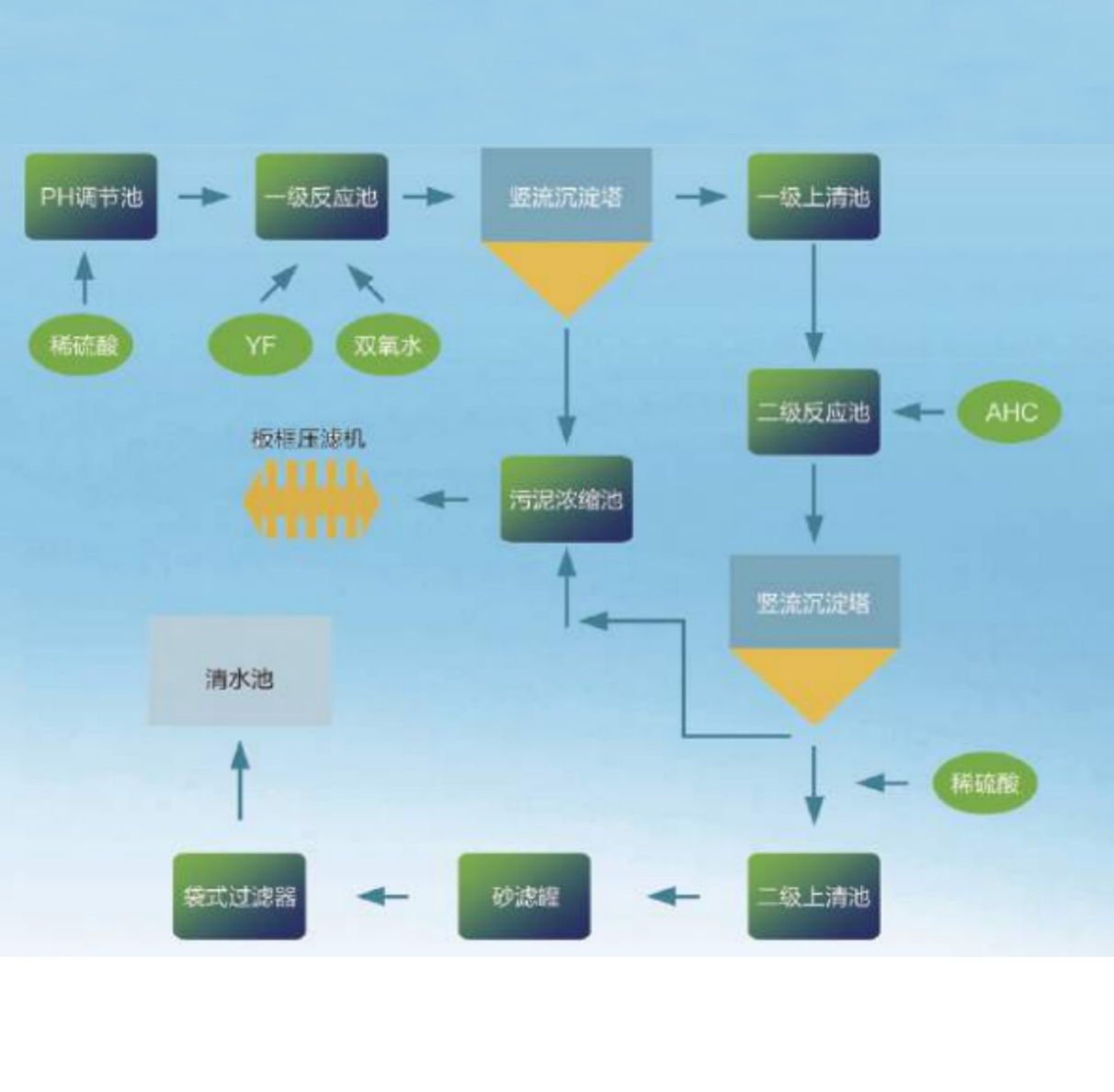

Wastewater treatment application in landfill leachate industry
products detial
During the landfill process of domestic waste, due to the water content of the waste itself and the decay of perishable materials, a certain amount of leachate will be produced. Its composition is extremely complex and contains a large amount of heterocyclic compounds, benzene and other compounds. The raw water shows high COD (conventional >20000ppm), high ammonia nitrogen (conventional >2000ppm), high color, strong biological toxicity, and low traditional biochemical degradation rate. The traditional treatment method mostly uses MBR membrane bioreactor first, and then passes through nanofiltration membrane for treatment to achieve the purpose of effluent reaching the standard. The high-concentration liquid produced after membrane filtration is now mostly treated by backfilling the high-concentration liquid, which causes a large amount of difficult-to-biodegrade components to accumulate in the sewage system. Eventually, as time goes by, the pH value and salt content accumulate higher and higher. , unbalanced carbon-nitrogen ratio of raw water, reduced COD degradation rate of MBR membrane, decreased membrane water permeability rate and accelerated aging and depreciation of membrane unit equipment, etc. Many unavoidable disadvantages gradually appear and intensify as time goes by. Our company takes advantage of its own technical advantages, uses a variety of chemicals, and uses a combined treatment method that combines biochemistry and physicochemistry to carry out multi-step treatment of pollutants in the water in a targeted manner to avoid the use of MBR membranes and nanofiltration membranes. The problem of high concentrated liquid accumulation is caused, and the goal of complete residue-free treatment is achieved.

Schematic diagram of landfill leachate treatment process